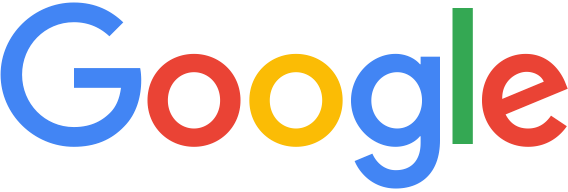
We knew that adding a left-hand panel would inevitably add some weight to the results page, so we took a number of steps to lighten other aspects of the design. The overall visual redesign started with the Google logo. Here’s an image comparing the old logo (top) and the new logo (bottom):

The new logo is lighter, brighter and simpler. We took the very best qualities of our design — personality and playfulness — and distilled them. The logo was the foundation for new icons and hundreds of tiny alterations designed to accommodate and seamlessly integrate the expanded functionality of the left-hand panel. For example, we lightened up the footer at the bottom of the page by removing the blue shading and the underlines on the links, lightening the color and expanding the search box. Here’s a picture of the old footer (top) compared with the new (bottom):

While I’m very happy about our latest improvements, a designer's work is never done. We’re already testing additional refinements and we'll continue to listen to all of you as we work to continue making search better.
If you’re curious, here are some of the other design prototypes we tried (you might have to click to magnify some of these images):
- Blue homepage: We’ve always had a strong affinity for blue — after all, blue is usually the color of web links, so it binds the web together. It became the basis for many designs.
- Blue button: The big blue button made it all the way to our first external experiment, where it was promptly rejected by users. We heard you loud and clear and changed the button in the next round.
- Universal bars: This design emphasizes different types of results with labeled blocks in the main results pane, such as books, news and shopping.
- Blue results: This is one of the final blue designs we created and marks the point when we renamed the "Web" link to "Everything" — a label that gets closer to the intent of our mission to organize all the world’s information.
Posted by Jon Wiley, Senior User Experience Designer